2,000-Year-Old Ruins In Mary Magdalene’s Town Of Magdala On The Shore Of The Sea Of Galilee
AncientPages.com - Magdala, an ancient city on the Sea of Galilee, 3 miles (4.8 km) north of Tiberias is today only ruins in northern part of Israel.
It is believed to be the birthplace of Mary Magdalene.
Matthew 27:55-56 says: "... Many women were there, watching from a distance. They had followed Jesus from Galilee to care for his needs. Among them were Mary Magdalene, Mary the mother of James and Joseph,[ and the mother of Zebedee’s sons.."
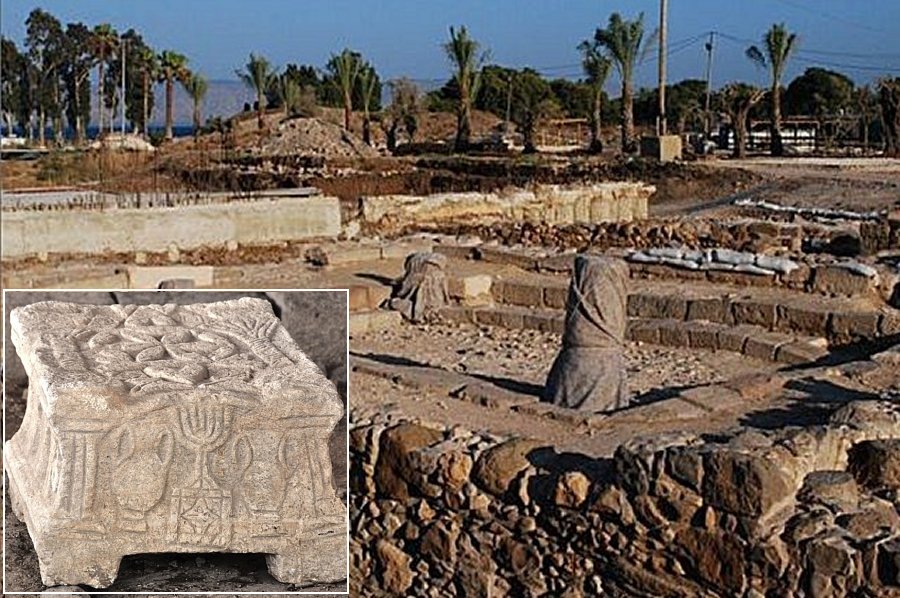
Magdala stone with Menorah that was found in the Archaeological site inside the Migdal Synagogue area
The ancient town of Magdala, in which the synagogue structure is located, had been in use during the Roman period.The ancient city was a subject of archaeological excavations in 2009, which revealed a synagogue ruins, believed to date back 2,000 years.
Excavations in town of Magdala in Golan Heights revealed remains of ancient structure; 'historic and rare findings' include fragments of columns, parts of benches and pottery.
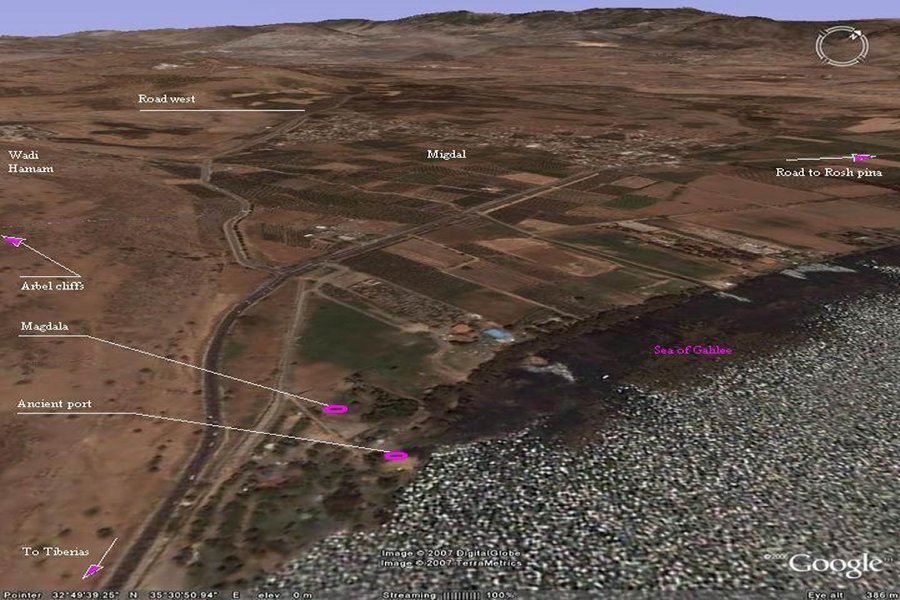
The ruins of Magdala are located on the north-west side of the Sea of Galilee, 5 Kilometers north of Tiberias. They were Mary Magdalene's village, today a town called Migdal. This is the aerial view of the area from the south-east side. Crediots: BibleWalks.com
The discovery has shed light on fascinating and little-known aspects of this historically important town by the Sea of Galilee.
Only two miles north of Tiberias along the lakeside road, there is an old village of Magdala, the birthplace of Mary Magdalene. On the hill just to the south of old Magdala, there are sarcophagi carved out of the rocks, in the place that was Magdala's cemetery.
The excavations in the Golan Heights started two months ago, following a thorough survey carried out in the Institute of Archaeology at Bar-Ilan University.
The researchers wanted to put a special emphasis on the Golan area during the Roman period and chose a site they were almost certain had been ruined before the Byzantine period,' according to source.

Findings at the town include an ancient 1st-century synagogue where it seems Jews and the earliest Judeo-Christians worshipped together, side by side. Credit: Magdala Center Project/magdalaproject.org
The findings collected in the area, such as vases and coins, led the department's team to begin the excavations, which led to the exposure of the ancient structure several weeks ago.
The excavations were led under Osband's direction, and were conducted as part of his doctoral studies. His advisor, Professor David. Adan-Bayewitz, who is the head of Bar Ilan's institute of Archaeology, described the discovery as "historic".
The excavation findings indicate that the ancient town of Magdala, in which the synagogue structure is located, had been in use during the Roman period until the middle of the fourth century at the latest, and did not continue into the Byzantine period.
The continued excavations at Magdala are expected to shed light, among other things, on the exact years during which the synagogue had been in use.
AncientPages.com
Expand for referencesMore From Ancient Pages
-
 1,600-year-old Roman mosaics from ancient Serdica discovered in Sofia, Bulgaria
Artifacts | Aug 30, 2015
1,600-year-old Roman mosaics from ancient Serdica discovered in Sofia, Bulgaria
Artifacts | Aug 30, 2015 -
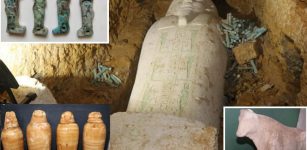 Hundreds Of Marvelous Ancient Egyptian Treasures Found Inside Tombs In Minya
Archaeology | Oct 27, 2020
Hundreds Of Marvelous Ancient Egyptian Treasures Found Inside Tombs In Minya
Archaeology | Oct 27, 2020 -
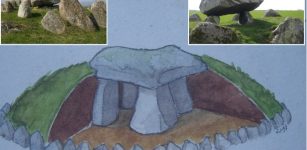 Skegriedösen (Skegrie Dolmen) – 5,000-Year-Old Stone Chamber Tomb In Southern Sweden
Featured Stories | Feb 11, 2023
Skegriedösen (Skegrie Dolmen) – 5,000-Year-Old Stone Chamber Tomb In Southern Sweden
Featured Stories | Feb 11, 2023 -
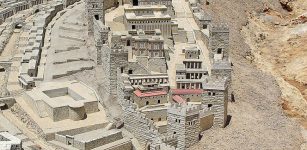 Has a 2,000 Year Old Podium Been Found in the City of David?
Civilizations | Sep 2, 2015
Has a 2,000 Year Old Podium Been Found in the City of David?
Civilizations | Sep 2, 2015 -
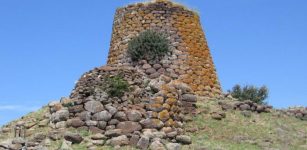 ‘Nuraghi’ – Thousands Of Beehive-Like Towers Are Sardinia’s Greatest Mystery
Featured Stories | Jul 17, 2015
‘Nuraghi’ – Thousands Of Beehive-Like Towers Are Sardinia’s Greatest Mystery
Featured Stories | Jul 17, 2015 -
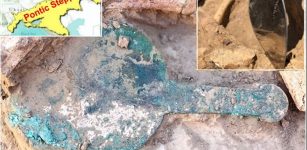 Scythians Were Not Always Nomadic Warriors Of The Pontic Steppe In Black Sea Region
Archaeology | Mar 19, 2021
Scythians Were Not Always Nomadic Warriors Of The Pontic Steppe In Black Sea Region
Archaeology | Mar 19, 2021 -
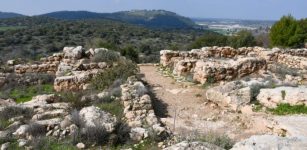 Story Of David And Goliath Linked To Horvat Qeiyafa In The Valley Of Elah, Israel
Archaeology | Feb 22, 2022
Story Of David And Goliath Linked To Horvat Qeiyafa In The Valley Of Elah, Israel
Archaeology | Feb 22, 2022 -
 Cosmic Rays Reveal Mysterious Void Inside Great Pyramid – What’s Hiding Inside?
Archaeology | Nov 2, 2017
Cosmic Rays Reveal Mysterious Void Inside Great Pyramid – What’s Hiding Inside?
Archaeology | Nov 2, 2017 -
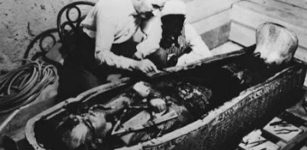 Howard Carter Stole Tutankhamun’s Treasures – Previously Unpublished Letter Reveals
Archaeology | Aug 15, 2022
Howard Carter Stole Tutankhamun’s Treasures – Previously Unpublished Letter Reveals
Archaeology | Aug 15, 2022 -
 Copper: First Metal Used By Ancient Man More Than 10,000 Years Ago
Ancient History Facts | Oct 25, 2016
Copper: First Metal Used By Ancient Man More Than 10,000 Years Ago
Ancient History Facts | Oct 25, 2016 -
 New Light On The Complex Evolution Of Our Feet
Evolution | Nov 22, 2023
New Light On The Complex Evolution Of Our Feet
Evolution | Nov 22, 2023 -
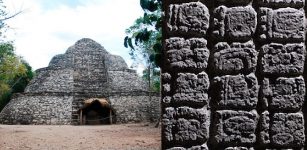 INAH Researchers Deciphered Hieroglyphs And Identified 14 Maya Rulers In Ancient City Of Cobá, Mexico
Archaeology | Jul 29, 2020
INAH Researchers Deciphered Hieroglyphs And Identified 14 Maya Rulers In Ancient City Of Cobá, Mexico
Archaeology | Jul 29, 2020 -
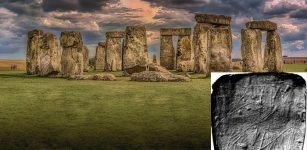 New Light On Prehistoric Chalk Plaques From Stonehenge Using Innovative Technology
Archaeology | Nov 3, 2021
New Light On Prehistoric Chalk Plaques From Stonehenge Using Innovative Technology
Archaeology | Nov 3, 2021 -
 Buccaneers And Privateers Were Pirates – But What’s The Difference Between Them?
Ancient History Facts | Nov 5, 2016
Buccaneers And Privateers Were Pirates – But What’s The Difference Between Them?
Ancient History Facts | Nov 5, 2016 -
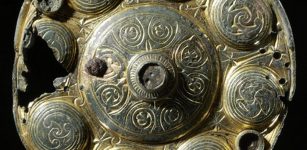 Viking’s Symbols Of Travels Prestige And Adventure Were Imported From Abroad
Ancient Symbols | Oct 1, 2015
Viking’s Symbols Of Travels Prestige And Adventure Were Imported From Abroad
Ancient Symbols | Oct 1, 2015 -
 Mystery Why Vikings Left Greenland Has Been Solved By Scientists
Archaeology | Mar 23, 2022
Mystery Why Vikings Left Greenland Has Been Solved By Scientists
Archaeology | Mar 23, 2022 -
 Irkalla – Underworld With No Return Ruled By Ereshkigal, Granddaughter Of Enlil And Sister Of Inanna
Featured Stories | Oct 20, 2021
Irkalla – Underworld With No Return Ruled By Ereshkigal, Granddaughter Of Enlil And Sister Of Inanna
Featured Stories | Oct 20, 2021 -
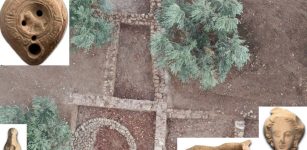 Ancient City Of Tenea Built By Trojan Prisoners Reveals More Archaeological Secrets
Archaeology | Feb 15, 2023
Ancient City Of Tenea Built By Trojan Prisoners Reveals More Archaeological Secrets
Archaeology | Feb 15, 2023 -
 How Ancient Cultures Explained Comets And Meteors
Archaeoastronomy | Jun 5, 2019
How Ancient Cultures Explained Comets And Meteors
Archaeoastronomy | Jun 5, 2019 -
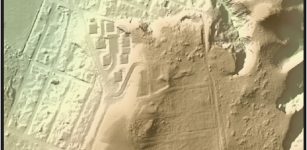 LIDAR Discovers Giant Ancient Mesoamerican Calendar – Structures Were Aligned To The Stars
Archaeoastronomy | Jan 10, 2023
LIDAR Discovers Giant Ancient Mesoamerican Calendar – Structures Were Aligned To The Stars
Archaeoastronomy | Jan 10, 2023
